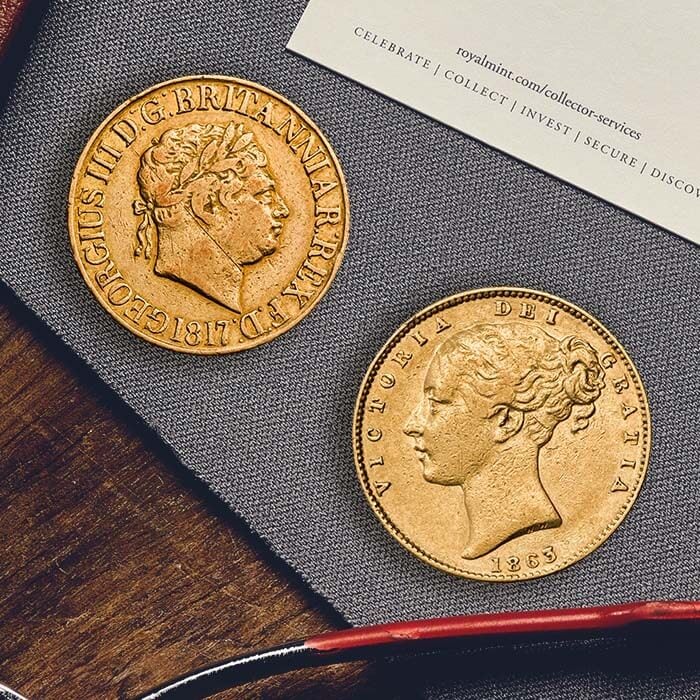The latest coin in The British Monarchs Collection explores the life and legacy of Henry VIII, featuring a remastered portrait of the king who broke with Rome on the reverse. This is the fifth coin in the collection and the first in the collection to display the official coinage portrait of His Majesty King Charles III on the obverse, uniting royal past and present.
As Henry VIII is such a well-known monarch, it would be easy to assume that his portrait would be amongst the easiest to recreate, but this was one of the most challenging effigies in the collection to date.
It is widely known that the lifestyle of Henry VIII was one of abundance, from his grand palaces to his generous banquets. Even after he had amassed the wealth and property of the Catholic Church during the dissolution of the monasteries, the king’s finances remained seriously depleted. Henry VIII turned to debasing the coinage, which involved combining the precious-metal content of a coin with a more common ‘base’ metal, but the face value of the coin remaining the same. Essentially, this meant that more coins, albeit with reduced fineness, could be struck with the same amount of precious metal.

In the case of Henry VIII’s coinage, coins were struck with copper, which had a thin layer of silver applied to them in order to make them more acceptable. This layer eventually wore away, especially around the nose of the king’s forward-facing portrait, resulting in the red colour of the copper coming through from below. This telltale sign on the debased coins gave Henry VIII an unfavourable nickname: ‘Old Coppernose’. This temporary lack of fineness in the coinage made Henry VIII’s portrait the most difficult of the original portraits to reproduce for the British Monarchs Collection, as Chris Barker, Information and Research Manager at The Royal Mint Museum explains:
“Due to the debasement, good examples of coins from this period of Henry VIII’s reign are rare, meaning that the definition of the reverse and obverse designs have been worn away through time. The coin used to recreate the king’s portrait was a testoon, one of the coins that would have been affected by the debasement.”

Despite the portrait of Henry VIII being instantly recognisable, with his distinctive broad face and beard, the details of the design were much more difficult to capture. Kerry Davies, a Technical Product Designer who has worked at The Royal Mint for more than 18 years, oversaw the process:
“To reproduce the portraits in this collection, we begin by looking at original coins struck at the time of the monarch’s reign. If we don’t have a suitable coin in our archives, we source the best example we can find, in this case a silver testoon. Even with the best example available, we still had to enhance more elements of the design than others in the range.
“Parts of the face, crown and ruff were worn away, so we had to look at many coins of the reign. It was like a jigsaw puzzle, trying to complete the portrait using as many references as possible so we could make the design crisp while staying true to the original. For example, we used some coins to create a set of beads to frame Henry’s face, using the coin as a reference but refining the design to make it clearer.
“It’s a real balance; our aim is to keep the character of the coins and bring them back to life as best we can, while using modern techniques to render the piece in the best quality possible.”








